|
The parasitic mite Varroa destructor is a major pest of the western honeybee, Apis mellifera. The development of acaricide resistance in Varroa populations is a global issue. Discriminating concentrations of acaricides are widely used to detect pest resistance. Two methods, using either glass vials or paraffin capsules, are used to screen for Varroaresistance to various acaricides. We found the glass vial method to be useless for testing Varroa resistance to acaridices, so we developed a polypropylene vial bioassay. This method was tested on tau-fluvalinate-, acrinathrin-, and amitraz-resistant mite populations from three apiaries in Czechia. Acetone was used as a control and technical grade acaricide compounds diluted in acetone were applied to the polypropylene vials. The solutions were spread on the vial surface by rolling the vial, and were then evaporated. Freshly collected Varroa females were placed in the vials and the mortality of the exposed mites was measured after 24 h. The Varroa populations differed in mortality between the apiaries and the tested compounds. Mites from the Kyvalka site were resistant to acrinathrin, tau-fluvalinate, and amitraz, while mites from the Postrizin site were susceptible to all three acaricides. In Prelovice apiary, the mites were susceptible to acrinathrin and amitraz, but not to tau-fluvalinate. The calculated discriminating concentrations for tau-fluvalinate, acrinathrin, and amitraz were 0.66, 0.26 and 0.19 µg/mL, respectively. These results indicate that polyproplyne vial tests can be used to determine discriminating concentrations for the early detection of acaricide resistant Varroa. Finally, multiple-resistance in Kyvalka may indicate metabolic resistance. |
|
Kamler, M., Nesvorna, M., Stara, J., Erban, T., & Hubert, J. 2016. Comparison of tau-fluvalinate, acrinathrin, and amitraz effects on susceptible and resistant populations of Varroa destructor in a vial test. Experimental and Applied Acarology. |
| http://link.springer.com/article/10.1007/s10493-016-0023-8 |









